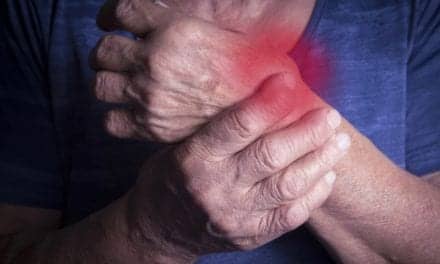New research demonstrates BAT outperforms standard allergy tests in children under 2, potentially reducing need for oral food challenges by nearly half.
A large-scale study has found that the basophil activation test (BAT) delivers significantly higher diagnostic accuracy than current standard allergy tests for detecting cow’s milk allergy in children, with particular advantages in patients under 2 years old.
The BAT 2 milk study, led by researchers from King’s College London and Guy’s and St Thomas’ NHS Foundation Trust and published in Allergy, evaluated 150 children undergoing oral food challenges to cow’s milk. Results showed BAT correctly diagnosed 88 out of 100 patients for baked milk tolerance, compared to 69 with specific IgE testing and 64 with skin prick tests.
The findings indicate BAT could substantially reduce reliance on oral food challenges, which are currently the gold standard for confirming milk allergy diagnosis but require specialized facilities and carry inherent risks.
Significant Reduction in Required Food Challenges
Statistical analysis revealed that implementing BAT would require only 49 oral food challenges per 100 children, compared to 88 challenges needed after specific IgE testing and 100 after skin prick tests. This represents a nearly 50% reduction in procedures that typically involve significant waiting times and healthcare costs.
“BAT could offer a major advancement in allergy diagnostics, achieving improved diagnostic accuracy and reducing the need (and waiting times) for oral food challenges,” says Alexandra Santos, MD, professor of pediatric allergy at King’s College London, consultant in pediatric allergy at Evelina London Children’s Hospital, and senior author of the study, in a release. “By improving the accuracy of diagnosis, we can ensure children receive appropriate care and avoid the risks and restrictions that come with misdiagnosis.”
The test measures basophil activation in blood samples when exposed to milk proteins, providing a more direct assessment of allergic response compared to traditional methods that often result in overdiagnosis.
Clinical and Economic Implications
Cow’s milk allergy affects 2-3% of babies and young children and represents a leading cause of food-induced anaphylaxis. Current diagnostic limitations frequently lead to unnecessary milk avoidance, creating nutritional and developmental concerns for pediatric patients.
BAT costs approximately one-fifth the price of an oral food challenge, potentially offering significant healthcare savings while improving diagnostic precision. The test’s laboratory-based format also makes it more accessible than specialized allergy clinic procedures.
In the study, 85% of children tolerated baked milk while 47% tolerated fresh milk during oral challenges. BAT demonstrated particular strength in predicting baked milk tolerance and detecting fresh milk allergy in younger patients.
Implementation Considerations
While BAT is not yet routinely used in clinical practice, the research represents the largest diagnostic investigation of BAT for cow’s milk allergy to date. The study was funded by the UKRI Medical Research Council.
The ability to safely reintroduce baked milk into children’s diets has proven benefits for developing tolerance and reducing long-term dietary restrictions. BAT’s accuracy in predicting baked milk tolerance could accelerate this process while reducing the clinical burden of confirmatory testing.
“I hope that the study will encourage clinical diagnostic laboratories, scientific societies, and regulators to support the implementation of BAT in routine diagnosis,” says Santos in a release.
The findings suggest laboratories should consider evaluating BAT capabilities as part of their allergy testing portfolios, particularly for pediatric populations where diagnostic accuracy remains challenging with conventional methods.





